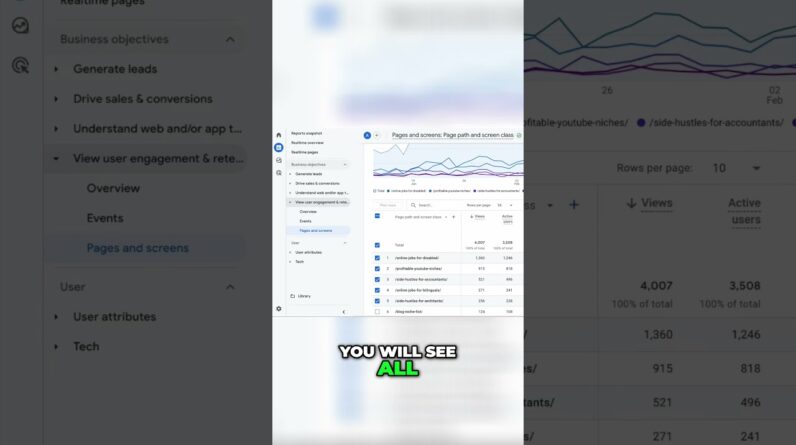
In assessing their content’s performance, one key metric that many content creators focus on is the average engagement time. What does this metric reveal about the appeal and effectiveness of his or her content to the target audience?
What Average Engagement Time Says About Your Content
Introduction
In the fast-paced digital world, where attention spans are dwindling, capturing and retaining audience interest is crucial for online success. One key metric that provides valuable insights into how well your content resonates with your audience is the average engagement time. But what exactly does average engagement time say about your content, and how can you use this information to create more compelling and engaging material?
Importance of Average Engagement Time
- Understanding User Behavior: Average engagement time sheds light on how long visitors spend consuming your content.
- Impact on Content Creation: It indicates whether your content is holding the audience’s attention or failing to captivate them.
- SEO Significance: Average engagement time influences search engine rankings, making it a pivotal metric for SEO strategies.
- Monitoring Engagement Metrics: Keeping track of this data helps you tweak your content strategy for better results.
Shaping Content Based on Engagement Time
When analyzing your average engagement time, several questions arise: Are visitors bouncing off your page quickly? Are they staying for extended periods but not converting? By dissecting this metric, you can tailor your content to address these issues effectively.
Tips for Improving Engagement Metrics
- Craft Compelling Headlines: Grab attention right from the start with engaging titles that pique curiosity.
- Create Scannable Content: Break your content into digestible chunks with subheadings and bullet points for easy consumption.
- Incorporate Multimedia: Enhance your content with visuals, videos, and infographics to increase engagement.
- Call-to-Action: Encourage interaction by incorporating clear calls-to-action throughout your content.
- Optimize Page Load Speed: Slow-loading pages can drive visitors away, impacting your engagement time negatively.
Conclusion
In conclusion, average engagement time serves as a window into how well your content resonates with your audience. By interpreting this metric effectively and making informed adjustments, you can craft content that captivates, engages, and converts visitors, ultimately enhancing the performance of your website in today’s competitive online landscape.
FAQs About Average Engagement Time
-
What is considered a good average engagement time?
A good average engagement time varies depending on the content type and industry but generally ranges between 2-3 minutes for blogs and 5-7 minutes for videos. -
How does average engagement time influence SEO rankings?
Search engines like Google consider average engagement time as a factor in determining the relevance and quality of content, impacting search rankings accordingly. -
Can average engagement time differ across different platforms?
Yes, average engagement time can vary based on the platform, content format, and target audience, necessitating tailored strategies for each channel. -
Why is monitoring engagement metrics essential for content creators?
Monitoring engagement metrics provides valuable insights into audience behavior, preferences, and content effectiveness, enabling creators to refine their strategies for better engagement. -
What are some common mistakes that lead to low average engagement time?
Common mistakes that can result in low average engagement time include poor content structure, lack of visual appeal, irrelevant or outdated information, and unclear calls-to-action.






